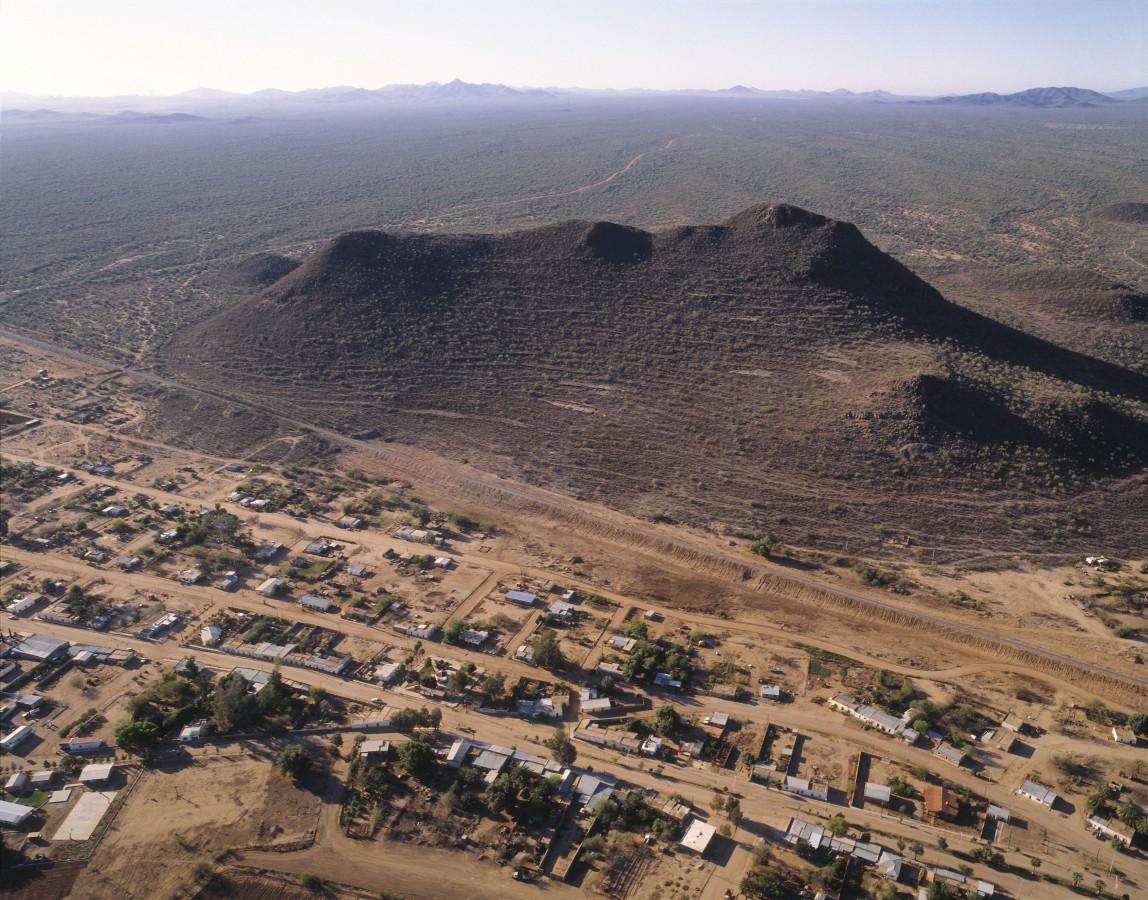In the northeast of the state of Sonora, in the middle of the Magdalena valley and to the south of the present-day village of Trincheras, there rises a prominent volcanic mountain. It covers an area of more than 250 acres and rises up to 170m from the floor of the surrounding valley. This settlement from the Late Pre-Hispanic period (1300-1450, equivalent to the Postclassic in Mesoamerica), is named Cerro de Trincheras.
After more than two decades of research, it has been possible to identify it as the regional center of the surrounding villages belonging to what is known as the Trincheras Tradition. The name “the Trincheras phenomenon" has been ascribed to the group of Sonora desert farming communities that built terraces on the volcanic hillsides and other desert locations in the northeast of Sonora. These settlements were used for activities with economic, domestic, crafting, housing and specialized farming purposes. Although these structures also exist in pre-Hispanic communities in the neighboring states of Arizona and Chihuahua, not all of them are contemporaries of the Sonora Trincheras settements and none of their structures are as complex or have the same number of architectural elements as Cerro de Trincheras.
Cerro de Trincheras was a complex settlement that included farming infrastructure, districts of craftsmen who made ornaments from seashells from the Gulf of California, housing for the elite, ceremonial structures for both community and other more restricted uses, astronomical observatories, ritual enclosures and plazas. It had a population of more than 1000 inhabitants.
The most important characteristic of the site is the existence of nearly 900 terraces, some of which are more than 110 yards in length, with stone walls which vary in height from 4 inches to more than 10 feet. The majority of the terraces of the lower and middle thirds are platforms for residential use which contain the domestic complexes. At the very least, each of them comprised of a house in the style of a hut with an internal structure made of ocotillo poles and covered in mud (which is known locally as “ripiado” or “bajareque”), a branch shelter and sometimes a circular or square room. Each of the settlement’s domestic complexes may have occupied one or several terraces.
The most conspicuous and impressive architectural elements are the walls which form the terraces, although ramps, paths, and circular and quadrangular structures also exist. By building terraces, these desert farmers transformed a natural element into a man-made creation, demonstrating their social organization and religious beliefs. In this way, they obtained a high level of monumentality and distinction, as well as a dominant position among the other contemporary farming communities of the Magdalena valley and its surroundings.
The building materials, apparent fragility and temporary character of the domestic spaces allow us to deduce that they were constructed as a conscious response to the scarcity of materials, to the impact of the dominant geology, and to climatological factors. All of this shows that the people intelligently adapted to complex conditions and that they made the most of what they had.
Cerro de Trincheras opened for public visits in December 2011. It includes an interpretative trail and a visitor center, which allow the public who visit it to reexamine the pre-Hispanic occupation of the Sonora Desert and to support the need to protect these fragile pieces of evidence from the past.







